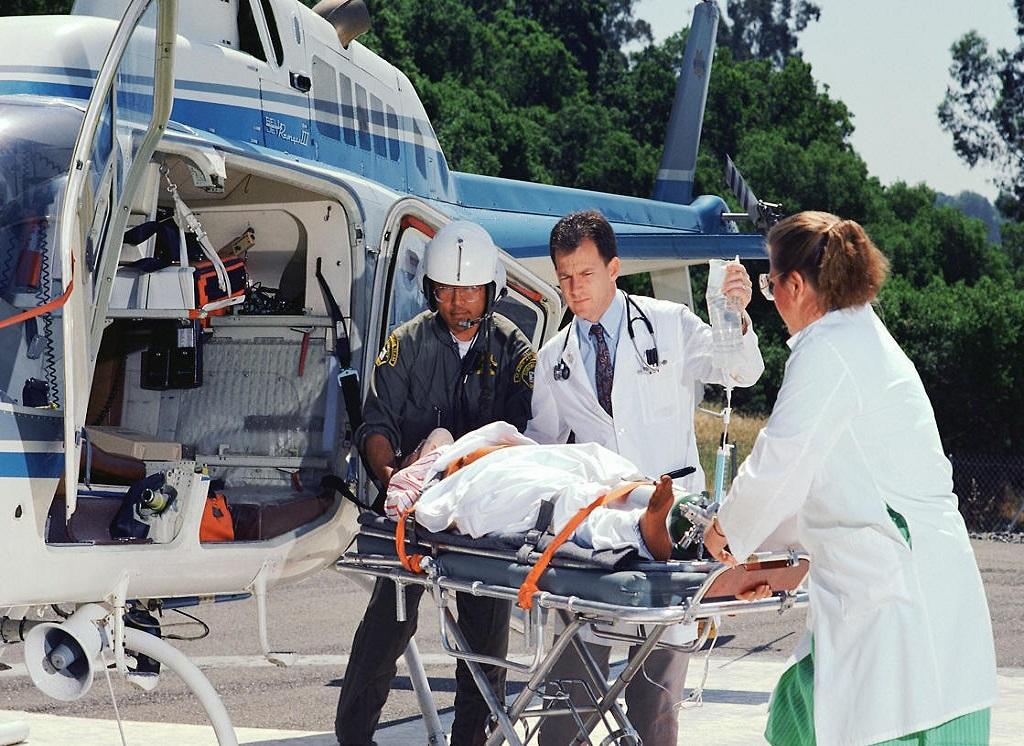Air ambulance services play a vital role in today's healthcare system by facilitating emergency medical transportation via airplanes and helicopters. With their ability to reach remote locations in a short period of time, air ambulances have become a lifeline for many critically ill or injured patients who need urgent hospital care. In this article, we will explore various aspects of air ambulance services and how they are transforming medical evacuations.
A Brief History
While air ambulances have been around since the 1950s, it was not until the 1980s that they started gaining widespread popularity and acceptance. One of the earliest dedicated air ambulance services was launched in the United States in 1972. Since then, the number of air ambulance providers has grown significantly with the realization that air transportation can be life-saving in many emergency situations. Today, most developed countries have well-established air ambulance networks that transport tens of thousands of patients annually.
Types of Air Ambulances
There are generally two main types of aircraft used for medical evacuations - helicopters and airplanes. Helicopters are preferred for short-distance transfers within cities or between nearby hospitals due to their vertical take-off and landing capabilities. They can access rooftop helipads and remote accident sites quickly. On the other hand, airplanes are deployed for long-distance inter-facility transfers covering hundreds or thousands of miles. Some air ambulance services also operate fixed-wing airplanes outfitted with ICU-level equipment and staff for neonate, pediatric or bariatric transports requiring pressurized cabins.
Crew and Equipment
To provide emergency critical care in flight, air ambulances are equipped with advanced life support systems and manned by a highly trained medical team. The minimum required crew consists of a pilot, a nurse and a paramedic. For complex cases, specialists like respiratory therapists, Neonatal/ Pediatric physicians may also be aboard. Standard onboard equipment includes ventilators, ECG monitors, intra-aortic balloon pumps, defibrillators and a range of vasoactive medications and airway devices to treat all life-threatening conditions enroute to the destination hospital. Some air ambulances even have basic surgical and ultrasound capabilities. Stabilizing critically ill patients during the ‘golden hour’ is a top priority.
Costs and Insurance Coverage
While air ambulances save lives by offering swift transfers, the costs associated can run into hundreds of thousands of dollars per flight due to fuel, aircraft and crew requirements. The average air ambulance transport expenses are estimated to be between $12,000 to $40,000 depending on the distance, equipment used and services provided. Very few public or commercial health insurances fully cover these charges. Though Medicare partially reimburses, large copays and deductibles are often the patient's responsibility. With the growing need for such services, debates around improving their insurance coverage and bringing costs down are ongoing.
Applications
Some common situations where Air Ambulance Services become indispensable include:
- Remote area accidents: Reaching victims in mountains, forests, off-shore oil rigs or islands quickly.
- Trauma transfers: Shifting severely injured patients from rural/ community hospitals to advanced trauma centers within the critical ‘golden hour’.
- Intensive care transfers: Transporting critically ill or post-surgical patients requiring life support between hospitals.
- Organ transportation: Transferring donor organs, patients or living organ recipients over long distances for transplants.
- Disaster response: Deploying during natural calamities to set up field medical facilities or evacuate casualties swiftly.
- Pediatric emergencies: Transporting sick newborns, children requiring neonatal or pediatric specialty care urgently.
- Burn Victim transfers: Moving major burn casualties needing specialized burn unit care over long distances smoothly.
Future Potential
With emerging technologies, the capabilities of air ambulances are projected to increase further. Drones, special vertical take-off aircraft and hybrid aircraft are being tested to offer even speedier response times. Advanced telemedicine capabilities allowing remote physician guidance during flights may become standard soon. Robotics, artificial intelligence and autonomous systems could potentially transform prehospital and emergency critical care in the next decade. As their involvement grows, air ambulance networks will continue reshaping emergency medical services delivery globally.
Air ambulance services have established themselves as vital components of emergency healthcare systems worldwide. By bridging geographical barriers, they offer time-critical patients an important second chance at survival during medical crises. While accessibility and affordability remain areas to address, the future potential of this specialized transportation mode is tremendous. Overall, air medical evacuation will continue revolutionizing emergency medicine practice for years to come.
Get More Insights On This Topic: https://www.trendingwebwire.com/air-ambulance-services-a-lifesaving-mode-of-transport/
Explore More Article: https://captionssky.com/solar-panel-automatic-cleaning-robot-the-future-of-solar-energy-production/
